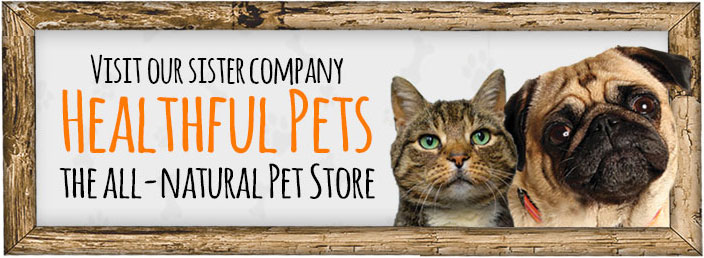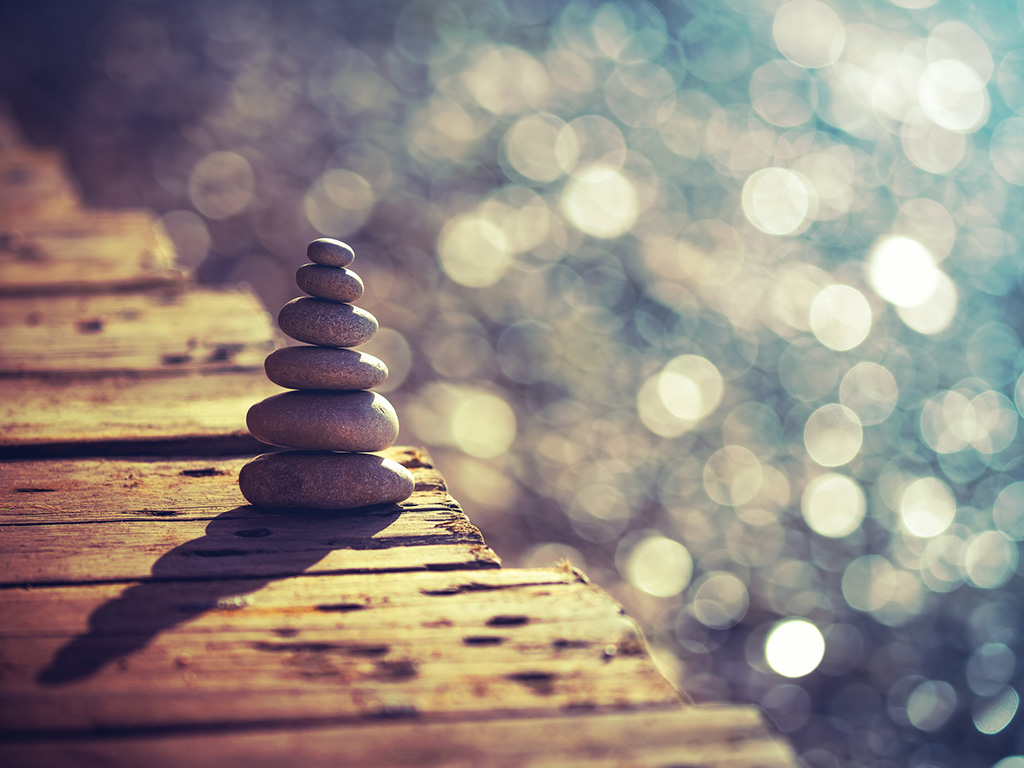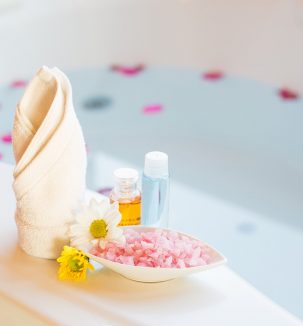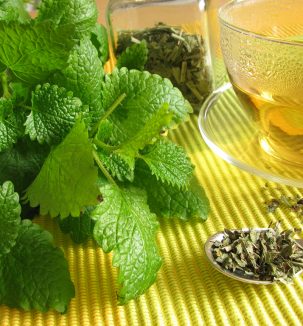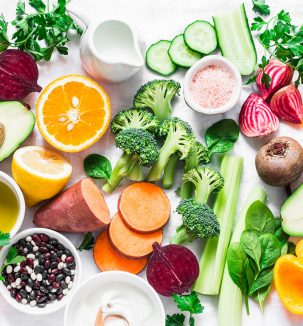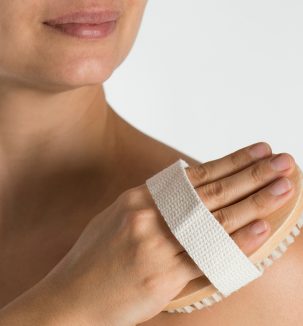Making relaxation techniques a part of your life
A variety of different relaxation techniques can help you bring your nervous system back into balance by producing the relaxation response. The relaxation response is a mentally active process that leaves the body relaxed, calm, and focused.
Learning the basics of these relaxation techniques isn’t difficult, but it does take practice. It is recommended setting aside at least 10 to 20 minutes a day for your relaxation practice. If you’d like to get even more stress relief, aim for 30 minutes to an hour.
The best way to start and maintain a relaxation practice is to incorporate it into your daily routine. Between work, family, school, and other commitments, though, it can be tough for many people to find the time. Fortunately, many of the techniques can be practised while you’re doing other things.
Finding the relaxation technique that’s best for you
There is no single relaxation technique that is best for everyone. When choosing a relaxation technique, consider your specific needs, preferences, fitness level, and the way you tend to react to stress. The right relaxation technique is the one that resonates with you, fits your lifestyle, and is able to focus your mind and interrupt your everyday thoughts in order to elicit the relaxation response. In many cases, you may find that alternating or combining different techniques will keep you motivated and provide you with the best results.
Relaxation technique 1: Breathing meditation
With its focus on full, cleansing breaths, deep breathing is a simple, yet powerful, relaxation technique. It’s easy to learn, can be practised almost anywhere, and provides a quick way to get your stress levels in check. Deep breathing is the cornerstone of many other relaxation practices, too, and can be combined with other relaxing elements such as aromatherapy and music. All you really need is a few minutes and a place to stretch out.
Relaxation technique 2: Progressive muscle relaxation
Progressive muscle relaxation involves a two-step process in which you systematically tense and relax different muscle groups in the body. With regular practice, progressive muscle relaxation gives you an intimate familiarity with what tension—as well as complete relaxation—feels like in different parts of the body. This awareness helps you spot and counteract the first signs of the muscular tension that accompanies stress. And as your body relaxes, so will your mind. You can combine deep breathing with progressive muscle relaxation for an additional level of stress relief.
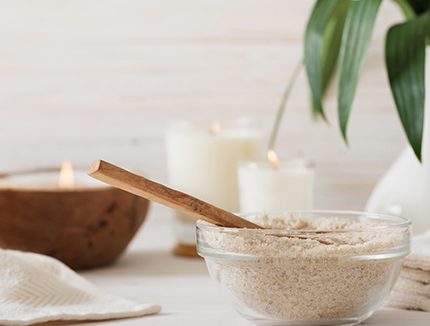
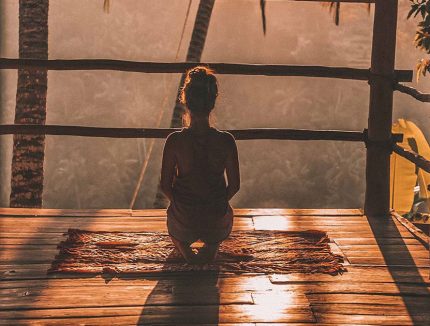
Relaxation technique 3: Meditation
Mediation has been in use from the beginning of time: people have always sought inner quiet and physical relaxation, whether for reasons connected with the spirit, self-realisation and mental levels. The benefits of meditation come from regular use. If you are under stress, you may find that meditating twice daily will be effective in restoring composure. Make a time and space you can call your own, and use breathing and relaxation exercises to ease yourself into the meditative state. Allow at least 10 minutes, ideally 20, for meditation in each session.
Relaxation technique 4: Mindfulness meditation
Mindfulness is the ability to remain aware of how you’re feeling right now, your “moment-to-moment” experience—both internal and external. Thinking about the past—blaming and judging yourself—or worrying about the future can often lead to a degree of stress that is overwhelming. But by staying calm and focused in the present moment, you can bring your nervous system back into balance. Mindfulness can be applied to activities such as walking, exercising, eating, or meditation.
Relaxation technique 5: Visualisation meditation
Visualisation, or guided imagery, is a variation on traditional meditation that requires you to employ not only your visual sense, but also your sense of taste, touch, smell, and sound. When used as a relaxation technique, visualisation involves imagining a scene in which you feel at peace, free to let go of all tension and anxiety.
Choose whatever setting is most calming to you, whether it’s a tropical beach, a favourite childhood spot, or a quiet wooded glen. You can do this visualisation exercise on your own in silence, while listening to soothing music, or with a therapist (or an audio recording of a therapist) guiding you through the imagery. To help you employ your sense of hearing you can use a sound machine or download sounds that match your chosen setting—the sound of ocean waves if you’ve chosen a beach, for example.
Relaxation technique 6: Yoga and Tai Chi
Yoga involves a series of both moving and stationary poses, combined with deep breathing. As well as reducing anxiety and stress, yoga can also improve flexibility, strength, balance, and stamina. Practised regularly, it can also strengthen the relaxation response in your daily life.
- Satyananda is a traditional form of yoga. It features gentle poses, deep relaxation, and meditation;
- Hatha yoga is also reasonably gentle way to relieve stress and is suitable for beginners;
- Power yoga, with its intense poses and focus on fitness, is better suited to those looking for stimulation as well as relaxation.
Tai chi
Tai chi is a self-paced, non-competitive series of slow, flowing body movements. These movements emphasise concentration, relaxation, and the conscious circulation of vital energy throughout the body. It is primarily practised as a way of calming the mind, conditioning the body, and reducing stress. As in meditation, Tai chi practitioners focus on their breathing and keeping their attention in the present moment. Tai chi is a safe, low-impact option for people of all ages and levels of fitness, including older adults and those recovering from injuries. Like yoga, once you have learned the basics of Tai chi or Qi gong, you can practice alone or with others, tailoring your sessions as you see fit.


